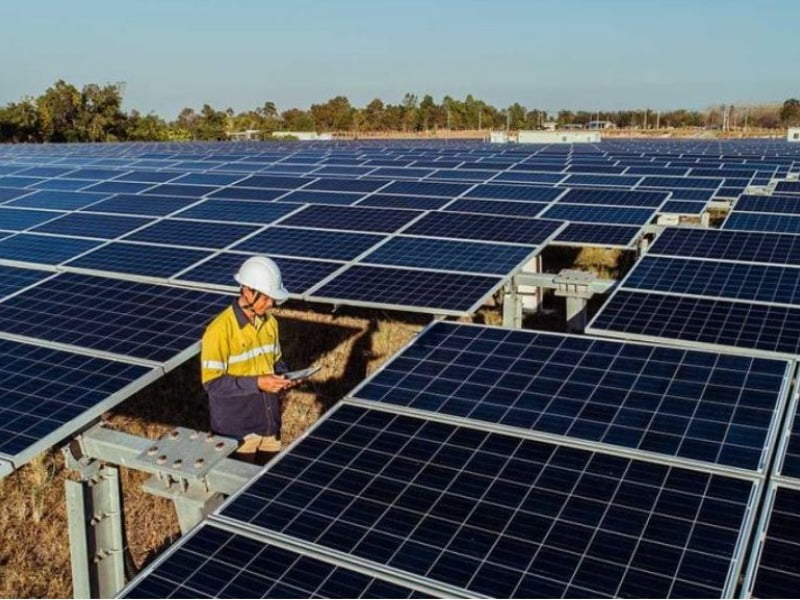A new report from CSIRO has found that solar and wind continue to be the cheapest source of energy in Australia.
The GenCost report, produced in partnership with the Australian Energy Market Operator (AEMO), more accurately calculated the integration costs of renewables in electricity generation.
This year the report used a more accurate system for calculating the levelised cost of energy (LCOE), a metric to compare the cost of electricity generation technology.
CSIRO Chief Energy Economist Paul Graham said: “Previous GenCost reports added arbitrary amounts of storage costs, but this year we used a model of the electricity system that optimises the amount of storage needed, and also includes additional transmission expenditure.

“Even taking into account these extra system integration costs, solar photovoltaics (PV) and wind continue to be the cheapest new sources of electricity for any expected share of renewables in the grid — anywhere from 50 per cent to 100 per cent.
“This is projected to continue to be the case throughout the projection period to 2050.”
The updated analyses also found that:
- Solar PV and batteries are projected to continue experiencing the fastest cost reductions of any source of energy technology
- Hydrogen electrolysers are also projected to experience substantial cost reductions that will make them competitive with natural gas-based hydrogen production in the long run
- Wind capital costs are falling more slowly than solar, reflecting their relative maturity as an energy source, however wind capital costs continue to make gains through capturing more energy from the same wind resources
- And costs reductions for technologies not currently being widely deployed, such as carbon capture and storage, nuclear small modular reactors, solar thermal and ocean energy are lagging and would require stronger global investment to realise their full potential.
AEMO Group Manager Forecasting Nicola Falcon said the report was critical to future modelling.
She said: “Electricity generation costs are a key ingredient into the electricity sector modelling which underpins much of the sector’s strategic planning and policy analysis, including our Integrated System Plan.”
“Given the importance of this cost data, we are providing an opportunity for industry and other stakeholders to review the data as part of our Draft Inputs, Assumptions and Scenarios Report.”
The final GenCost report is due to be delivered in March 2021.
This story originally appeared in @AuManufacturing. You can subscribe to its newsletter here.
Do you know more? Contact James Riley via Email.
